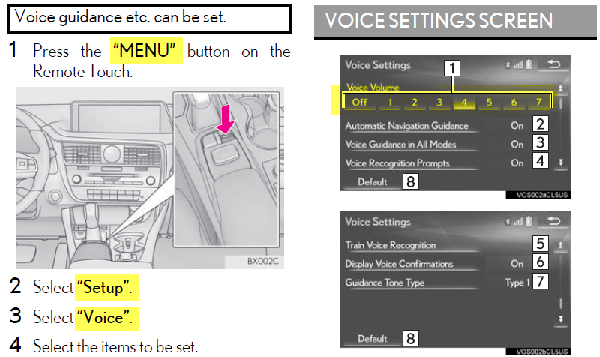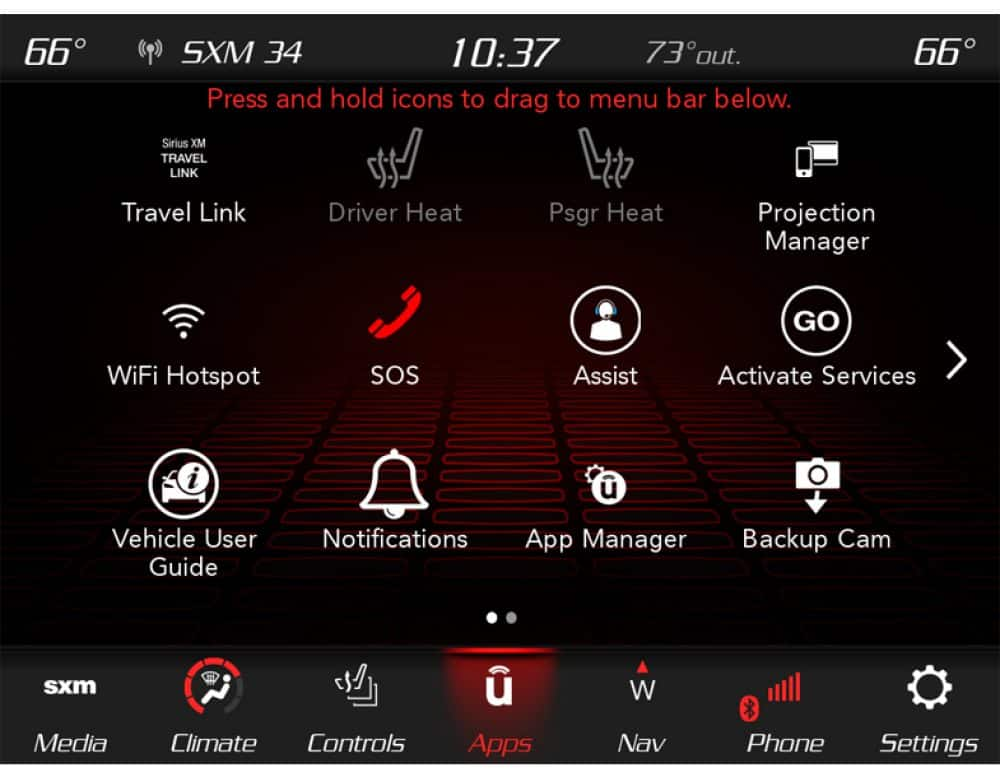Nav Auto Tune Settings
——-
- There is no auto/manual switch on the VHF NAV control head, unlike the 737 Classic, but in the NG this is handled automatically. The FMC NAV STATUS page shows an M by the frequency to indicate manual tuning, but with a route activated this never changes to an A to show auto-tuning.
- This week’s tutorial is an exciting demonstration of the best Auto-Tune settings for rappers in 2020. Have you heard a song lately that uses Auto-Tune & wondered why the Auto-Tune settings sound so good? There’s more to this powerful tool than just inserting it on your track & pressing play.
Auto-Tune is a must have for me when recording myself or working with other artists. I love how simple, versatile, and powerful Auto-Tune is. I use Auto-Tune Pro to pitch correct vocals and instruments in vivid detail, to get that perfect take, but I also use it to experiment creatively to get a cool sound or new ideas.
When it comes to Auto Mode for the MiniMed 670G, tuning the settings to get as close to your sugar targets feels a little more complicated as compared to the manual mode. This is because the closed loop system has a feedback mechanism which will likely throw-off one setting when you change another.
In the course of your day, the system is performing a balancing act between bolus and basal to keep you as close to Auto Mode’s fixed and preset BG target of 120mg/dL by introducing a third input – the micro bolus.
When it is all said and done, the user has control of two settings only, namely Carb Ratio (CR) and Active Insulin time (AIT).
Prior to entering Auto Mode, the system will require to keep track of your existing basal rate pattern during an initial learning period.
My Medtronic educator said typically Medtronic recommends three days for the learning period, but in my case, we settled on seven days before entering Auto Mode.
Carb Ratio (CR) to tune Auto Mode
With the Medtronic MiniMed 670G, the CR is probably the more important of the two settings that the user can adjust to fine tune Auto Mode.
Although it is not very clear how it plays into adjusting the microbolus dose, the carb ratio seems to play a role as to how much is micro-bolused into your system.
However, since this is a closed loop system, increasing the carb ratio will inevitably have an effect on the auto basal dose dispensed (see note below). As you increase the carb ratio you might see that the bolus: basal ratio gets away from the 55:45 percent ratio targeted by Medtronic for Auto mode. (see note below)
So just increasing or decreasing your Carb Ratio will not necessarily get you to the Auto Mode BG target since the system will have to decrease or increase the amount of basal dispensed.
For example, when I initiated Auto Mode for the first time, my Carb Ratios were around 10 for the most part but I was not happy about post-meal spikes. So I decided to reduce the carb ratio to 8 and at some point got to 7. Instead of getting better, my numbers were worse at this lower carb ratios. But also I noticed my bolus: basal ratio was nearly at 70:30. So I decided to go the other way (counter-intuitive) and have settled on a carb ratio of 11 and my bolus: basal ratio is now at close to 55:45. (see note below)
Post meal spikes are a little better but I have to wait about 15 minutes or more before eating – an element of just how conservative Auto Mode is when it comes to dispensing basal insulin.
The conservative nature of Auto Mode becomes problematic when it comes to compensating for things complex situations such as stress, dawn phenomenon or sickness.
Although the Auto Mode algorithm is adaptive, it is still a simple rudimentary algorithm that has trouble when confronted with these complex situations. There is no user entry to tell Auto Mode to be more aggressive when a complex situation is on the horizon.
To compensate for my relatively high morning glucose numbers or stress events, I had become adept at using Temp basals, extra bolus, and a really aggressive carb ratio to deal with my high morning sugars with the MiniMed 530G. There is something to be said about how adaptive we are as humans.
Active Insulin Time to tune Auto Mode
To prevent insulin stacking, when using an open loop system such as the 530G, a typical 4-6 hours active insulin time (AIT) is recommended (Walsh does a good job talking about insulin stacking in this article).
In the case of the 670G, the AIT is a more flexible setting. Chances are your time setting will be much shorter than the one you’ve used with an open loop system. For example, my AIT was 4 hours on the 530G and now it is 3 hours on the 670G. It can be set to a minimum of 2 hours for the 670G.

This can be very confusing especially since we were always led to believe that the AIT was based on the active time of short-acting insulin such as Novolog or Humalog.
I am thinking since the Auto Mode algorithm can extrapolate and see when the active insulin on board (IOB) will be tailing-off, this allows for the AIT setting in the case of a closed loop system to be more “fluid”.
And therefore this seems to be a pseudo-AIT setting and not the AIT that we got accustomed to using with the 530G.
Ramping up both the AIT and the carb ratio might not get you the results you expect since this is a feedback system and for it to be FDA approved it has to be fairly conservative – The effect of carb ratio will ease when you become more aggressive with the AIT or vice versa.

And that is why you have to find a sweet spot for your settings.
UPDATE 09/19/2018
I have experimented with adjusting to more aggressive carb ratios and the active insulin times. The end result was not what I really expected since they pump really backed-off on dispensing basal insulin (at one point my bolus to basal ratio was 80:20) and no marked improvement in my control. In fact, I felt more tired even with decent glucose readings.
There must be a sweet spot for a carb ratio and the active insulin time. At this point, my carb ratio is back to 10 and an active insulin time of 3 hours.
Some Observations
– Auto Mode seems to look at the TDD (total daily dose) history as a guide for how much microbolus and basal insulin to dispense on any given day.
– As per Medtronic, the micro-bolus feature targets 120 mg/dL but a lot of people have noted that the Auto Mode algorithm seems to become more conservative when it gets around 150mg/dL. Most think that this is why it is hard to achieve the 120 mg/dL target or below as advertised. This is a big source of frustration for people who had tight control of their HbA1c prior to transitioning to the 670G.
-I see a lot of debates online on the recommended bolus: basal ratio. Many doctors will recommend a 50/50 ratio but I think this will vary from person-to-person. For a long time was doing a 70/30 ratio but as time progressed I am closer to the 50/50 ratio. My endocrinologist does not seem to think it matter especially for the 670G.
-It is not clear whether the basal and micro bolus are delivered at the same time (every 5 minutes), but it seems that the Auto Mode algorithm does not make a distinction between the two and just adds the microbolus to the basal delivery while targeting 120 mg/dL. I’ve read that for many pump systems, the basal is delivered with every turn of the motor in your pump (per click). Not sure whether that is the case for the 670G.
-I have read of where some people going back and forth using the 670G run auto mode only at night and go back to manual mode during the day so that they can have more control of the basal intake to deal with stress and increased activity etc.
-I also have also noticed that having many carb ratio entries seems to throw off Auto Mode. So I am using a single carb ratio which seems to work well. This might just have to do with the way my day is structured.